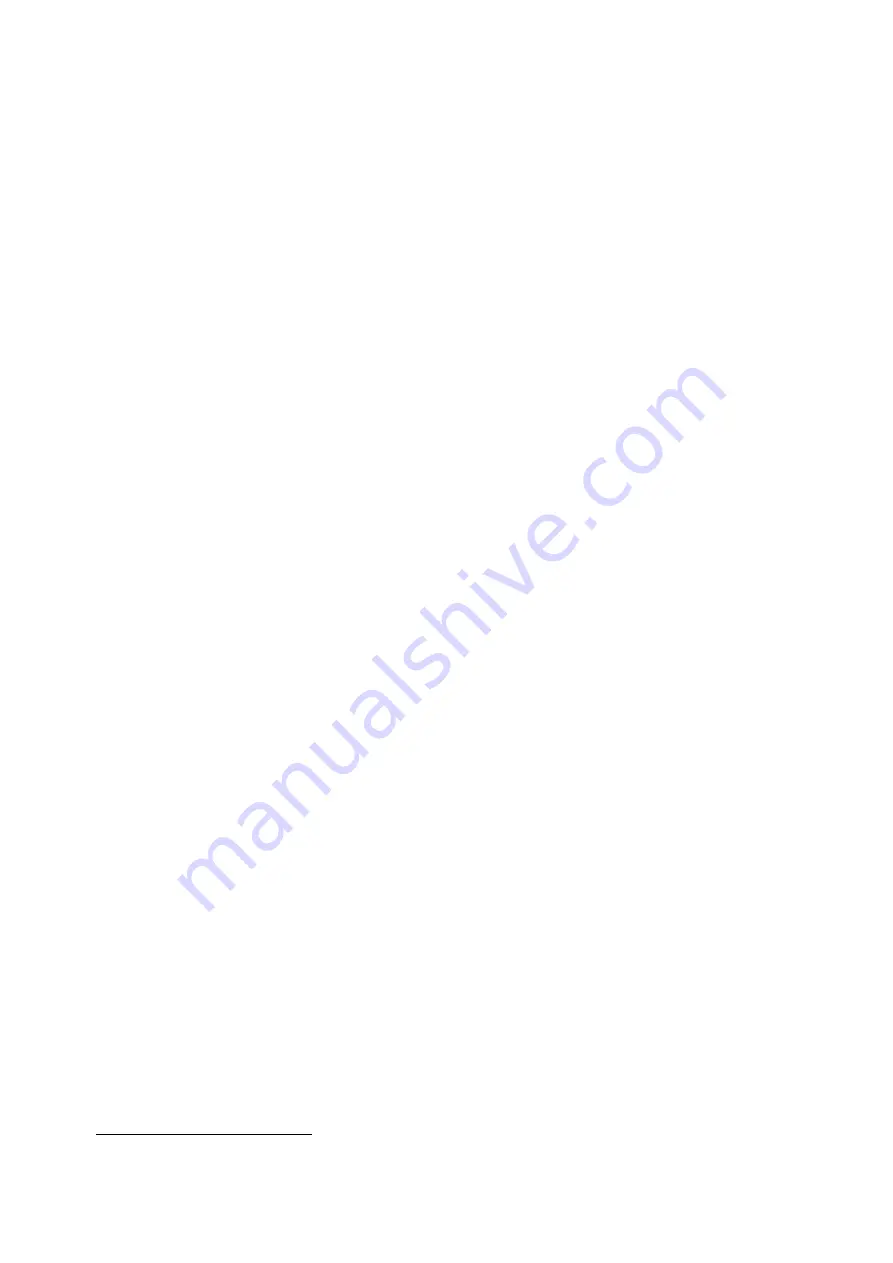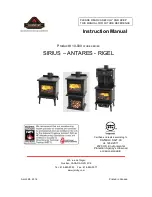
23
10.
Cleaning and Maintenance
10.1. Cleaning
- Ash build up should be regularly removed from the chamber (but only after turning off the unit and
allowing it to cool down);
- The glass should always be cleaned with an appropriate product
1
, following the instructions for use
and avoiding any contact of the cleaning product with the window rope gasket OR any painted metal
parts, – which can lead to oxidation. To ensure this, only apply the cleaning product on a cloth, never
directly on the glass. The rope gasket is glued on to the glass, so do not expose it to the direct contact
with water or any other liquids. If the rope gasket eventually becomes unglued, you can reattach it
using high temperature silicone sealant or refractory glue, but only after having carefully cleaned the
groove using fine sandpaper; it is recommended to use gloves to clean the glass or other protective
equipment.
- Do not use detergent to clean the metallic parts of the unit. These should be cleaned using a dry
cloth to remove any accumulated dust;
- We recommend cleaning the chimney flue and its throat (located at the outlet of the unit) at least
once a year. This can be done by removing the fume baffle (removable plate located in the ceiling of
the combustion chamber);
- If the unit has not been used for a long time, check whether the flue pipes are free of any blockage
before lighting the stove;
- We recommend regular inspections of the unit and its fume outlet by an expert technician.
10.2. Removing the fume baffle
To remove the fume baffle, please follow the steps below:
1 - Hold the fume baffle using both hands, one placed under and the other above the plate.
2 - Gently push up the baffle to release it from its lower support (the rear vermiculite plate)
and upper brackets (steel rods). Once you release the plate, lift and pull it forward to create a proper
gap between the baffle and the rear vermiculite plate (Figure 31 A).
3 - Using this gap, rotate the baffle plate sideways and downwards (Figure 31 B).
4 - Remove the baffle plate away from the unit (Figure 31 C).
1
For more information, contact the unit's installer.













































